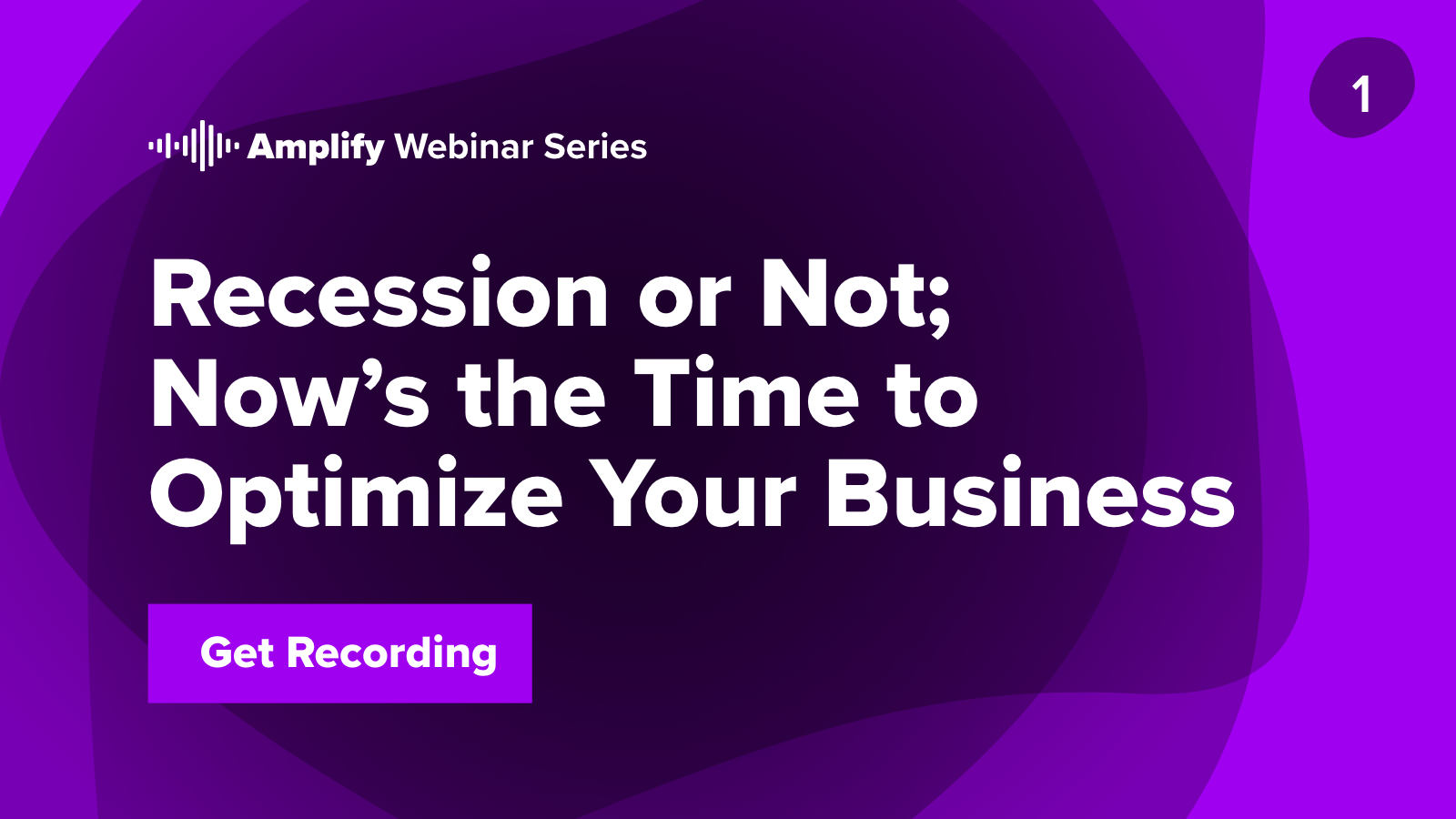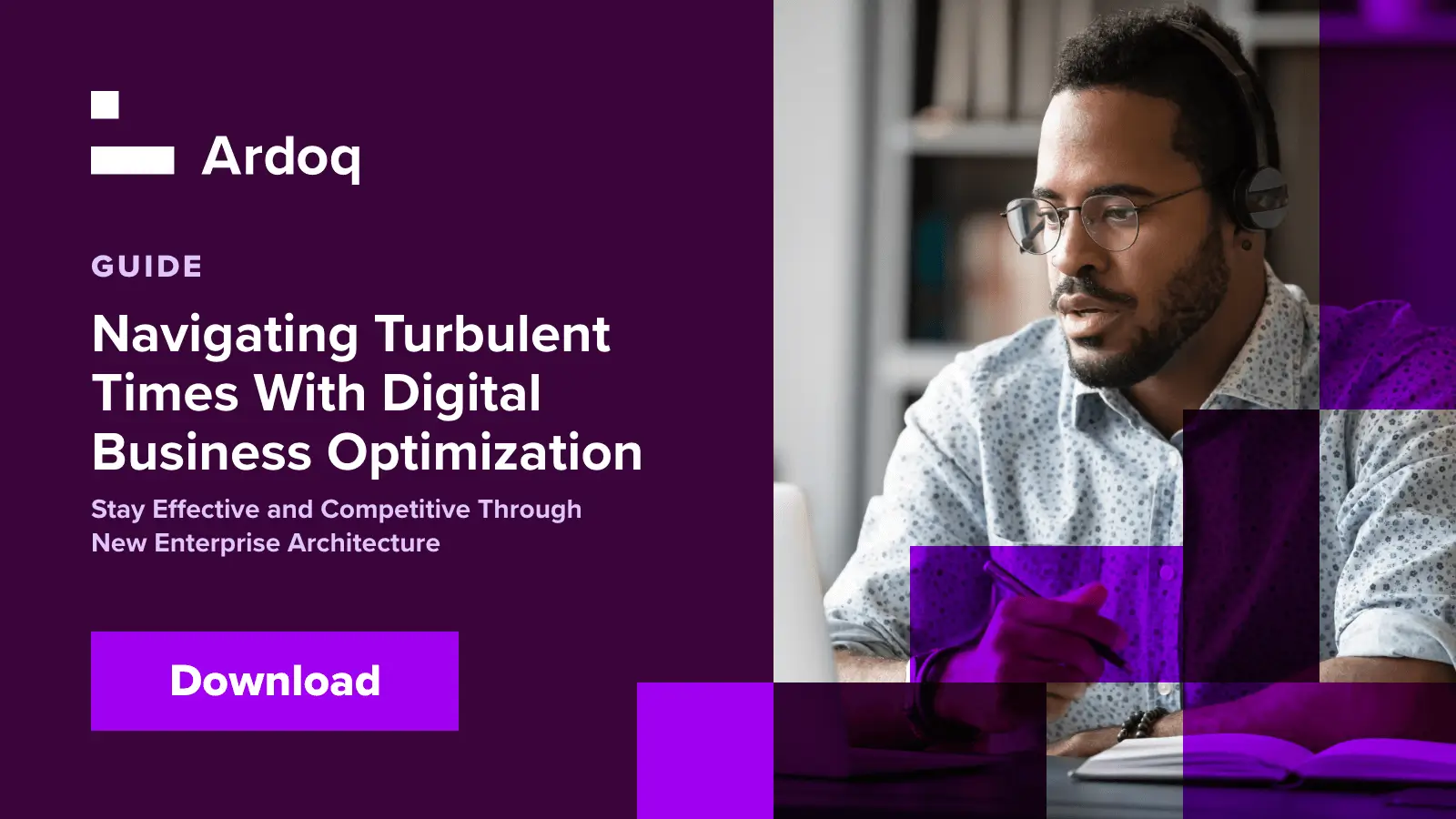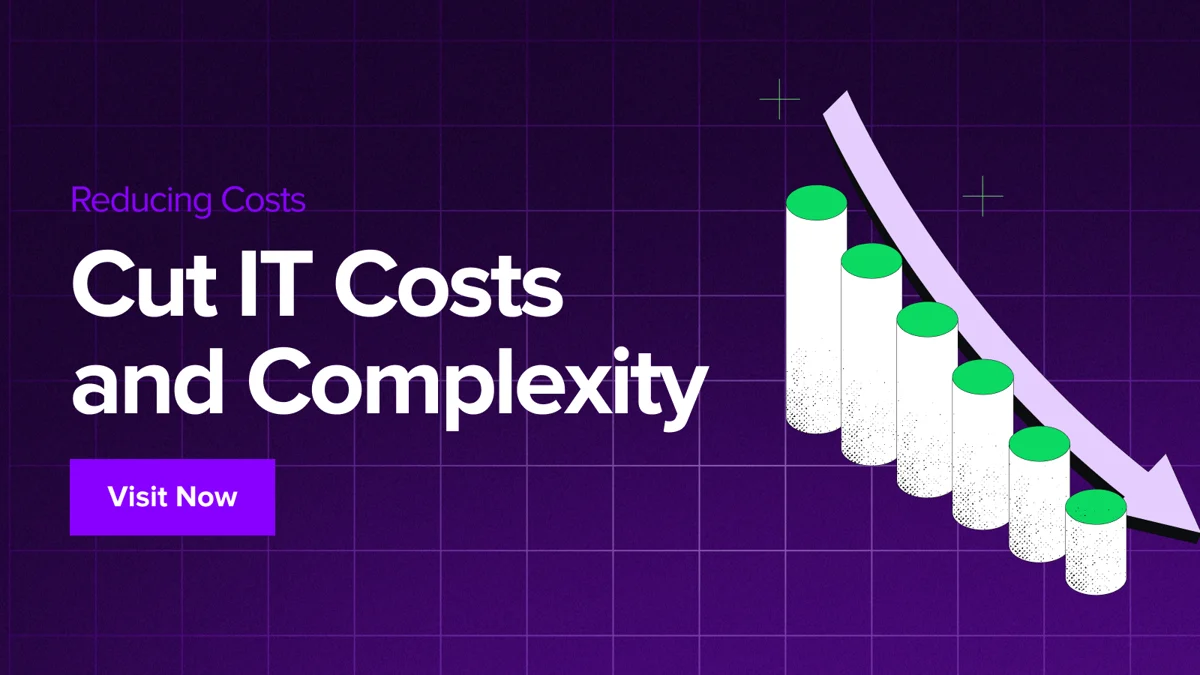Organizations cannot avoid recessions but can proactively prepare for them by optimizing how the business exists and operates. A large part of business optimization is strategic cost management, and a vital area for organizations to look closer at is their application portfolio. Most enterprises use hundreds of applications across different teams, capabilities, and regions. Digital acquisition and enablement is often disjointed across the organization, leading to excessive complexity, duplication, and lack of clear ownership for many applications. This causes the business to be inefficient in its decision-making, using excessive resources and incurring unnecessary expenses. Reallocating and reducing IT costs can help the organization become leaner without compromising its ability to execute and deliver value.
Unfortunately, this is much easier said than done. While the intention is always to manage resources more wisely and spend strategically, the practical execution is much more complex and challenging. How, then, can organizations realign disconnected digital optimization and transformation across the enterprise?
Begin With a Clear Data-Driven Overview
Having a long list of all your applications ranked as expenses and trimming down on the biggest ones is not enough. This purely financial approach lacks insight into how IT assets and the business are interdependent. It is often also reactive, without a clear plan or framework, fulfilling an emergency mandate from above to reduce spending.
Perhaps a high-cost application is part of a critical process that will negatively impact your business’s ability to deliver value to customers? There are severe implications for the business if cost-cutting is based solely on figures. This approach very quickly creates expenses and issues in other areas of the organization. To add to this, leaders in the organization under time pressure to cut costs often operate in silos, exacerbating the inefficiency and potential damage of cost-cutting without complete insight into the business.
Leveraging Enterprise Architecture (EA) to document and understand the complex relationships between your IT assets and how the organization functions is essential. Think of Enterprise Architecture as the bridge between the accounting and execution perspectives for projects. More than just a catalog of applications, EA helps map out how your applications connect to teams, processes, products, revenue streams, and capabilities. This visibility on utility can help you better understand why your applications cost as much as they do, what they’re really used for and who is using them.

The Importance of a Financial Lens
When this overview of your application portfolio is enriched with cost insight and a better understanding of what the organization actually needs, you can begin to identify some quick wins for your bottom line and formulate a proactive plan. This process, Application Rationalization, allows you to take control of your IT spending and make informed cost-effective decisions about how your business operates within IT. Application Rationalization begins with documenting and ranking applications in the following dimensions to assess whether they are worthwhile investments or not:
- Business value
- Technical fit
- Functional fit
- Purchase price
- Long-term cost
The traditional process for rationalizing applications by your IT organization could take months of manually combining hundreds of data sources, conducting interviews and surveys, and then further manual analysis and scoring in Excel to find the applications which are ripe for retirement. A data-driven new EA tool could increase the ROI and halve the time needed, leveraging automation to collect and consolidate data. Built-in crowdsourcing functionality for collecting qualitative data can further hasten this collection process, growing the data pool and improving the quality of data within it. The EA tool can then process this data to provide instant recommendations for applications that bear the least value for the business, making them candidates for replacement, consolidation, or removal.
After working to develop a list of potential quick wins for the organization’s IT spending, the next step is often getting stakeholder buy-in to the proposed changes. Thankfully, getting buy-in is also much easier with the visualization abilities of new EA tools. Dynamic, shareable, and data-driven visualization features remove the need for IT teams to manually create static, time-consuming Powerpoint presentations. These visualizations are rich with context, making for more compelling yet succinct storytelling. They also allow you to swiftly modify presentations to make them more relevant to the concerns and role of the stakeholder you are speaking to while always staying up-to-date.
The Benefits of a Leaner, Optimized Portfolio
While cost is a crucial reason to rationalize your application portfolio, there are many dimensions to this overarching benefit. With Application Rationalization, you reduce:
- Cost of maintenance by simplification
- The complexity of the portfolio and support processes
- Money wasted on applications that have become redundant and are unused
- Doubt about the value of current application investments
- Total cost to the business of application ownership
Beyond just cost benefits and curbing application sprawl, Application Rationalization is also helpful from a security and governance perspective. With fewer applications and more transparent documentation over your applications as a whole, you reduce your exposure to potential software vulnerabilities. IT efficiency is also improved because people can focus their energies on the applications that bring explicit value to the business. Implementing IT cost optimization ensures that IT spending is streamlined and effective, which is not only relevant in the context of a recession. The resources freed by this process also mean more funds for innovation.
Do More With Less
The journey to a streamlined, value-focused IT portfolio does not end with application rationalization. This process should be repeated routinely to keep the application portfolio optimally aligned with the business’s objectives and strategy. With every iteration, you’ll uncover new capital to reinvest and maintain an agile IT landscape. This landscape enables the business to operate more cost-effectively, even in a challenging economic climate.
Key Takeaways to Get Smarter With Your IT Spend:
- Proactively prepare your organization for a recession with strategic cost management.
- Enterprise Architecture can empower organizations to spend more strategically by providing a clear overview of applications.
- Application Rationalization allows you to leverage this overview to streamline and simplify your portfolio in a way that doesn’t compromise the business.
- A leaner portfolio brings multifold benefits, including boosting IT efficiency and reducing risk.
- Application Rationalization is an iterative process that should be done regularly to keep your portfolio aligned with the business.
Want a deeper understanding of how to identify and implement new methods for making the business more efficient and cost-effective? Watch the recording of our online event, Recession or Not; Now’s the Time to Optimize Your Business.

 Deborah Theseira
Deborah is a Senior Content Specialist at Ardoq. She wields words in the hope of demystifying the complex and ever-evolving world of Enterprise Architecture. She is excited about helping the curious understand the immense potential it has for driving effective change.
Deborah Theseira
Deborah is a Senior Content Specialist at Ardoq. She wields words in the hope of demystifying the complex and ever-evolving world of Enterprise Architecture. She is excited about helping the curious understand the immense potential it has for driving effective change.





/Logos/Ardoq/RGB_Ardoq_Logo_Stacked_White_Monochrome%201.png?width=80&height=77&name=RGB_Ardoq_Logo_Stacked_White_Monochrome%201.png)

